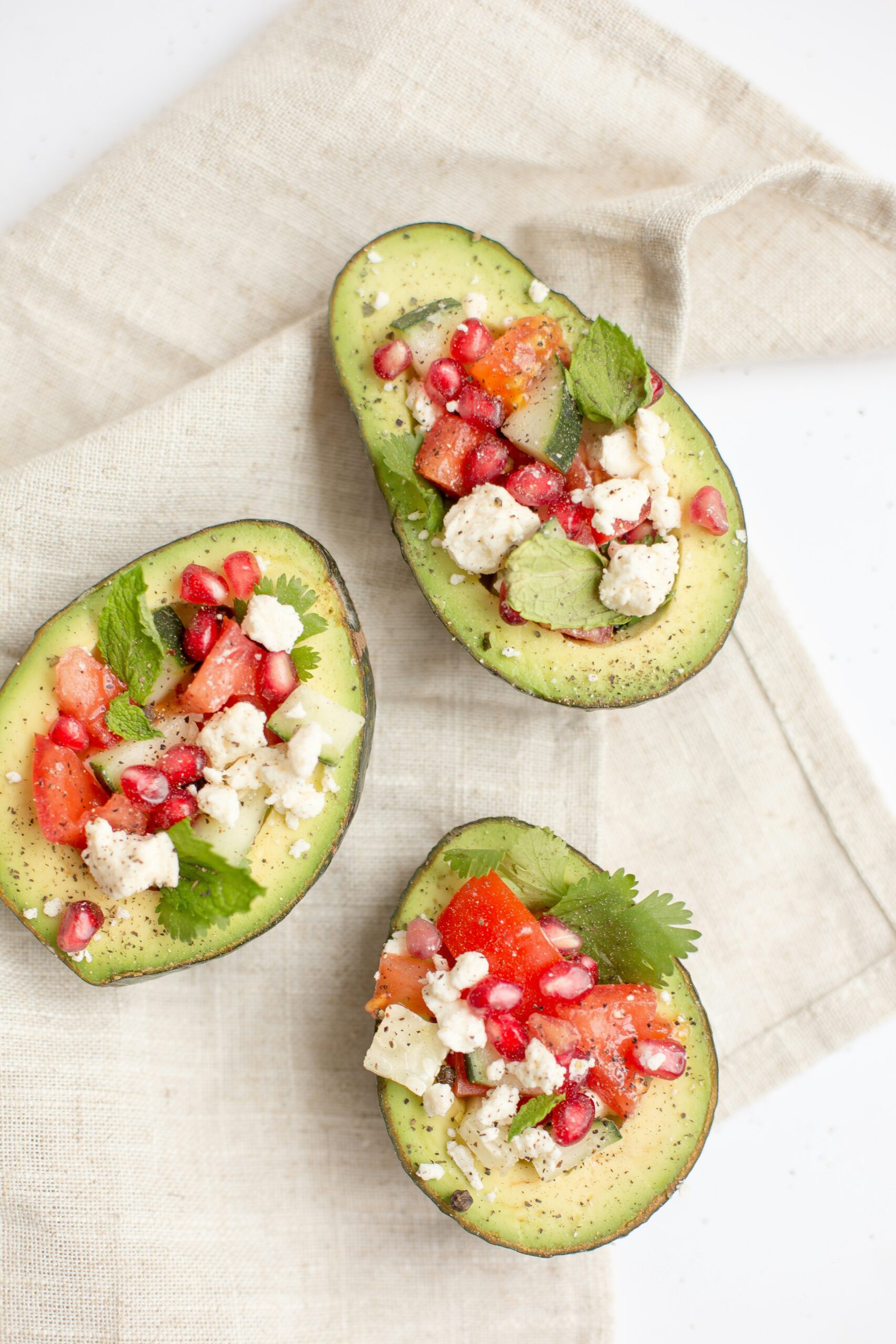

Introduction to Eating Healthy on a Budget
Eating healthy doesn’t have to come with a hefty price tag. Many people assume that nutritious food is only accessible to those with deep pockets, but that couldn’t be further from the truth. With a little creativity and some smart planning, you can nourish your body without emptying your wallet. Imagine crafting delicious meals that fuel your well-being while keeping your budget intact. It’s possible! Let’s explore how you can embrace healthy eating habits without sacrificing taste or financial stability. Your journey towards affordable nourishment starts here!
Common Misconceptions about Eating Healthy on a Budget
Many people believe that eating healthy means spending a fortune. This isn’t true. Yes, some organic products can be pricey, but there are plenty of affordable options that pack nutrition without emptying your wallet.
Another misconception is that cooking healthy meals takes too much time. In reality, meal prep can be streamlined with simple techniques and smart planning. A little effort upfront saves both time and money in the long run.
Some think that healthier foods lack flavor or variety, which couldn’t be further from the truth. With spices and herbs, you can transform basic ingredients into delicious dishes.
Many assume they need to buy everything fresh daily. Frozen fruits and vegetables are just as nutritious and often less expensive—plus they last longer! Embracing these alternatives makes healthy eating accessible for everyone.
Meal Planning and Preparation for Cost-Effective Eating
Meal planning is a game changer for anyone looking to eat healthy without overspending. Start by setting aside time each week to map out your meals. This simple act helps you stay organized and reduces impulse buys.
Focus on versatile ingredients that can be used in multiple recipes. Think beans, grains, frozen vegetables, and seasonal produce. Not only are they budget-friendly, but they’re also packed with nutrients.
Batch cooking is another savvy strategy. Prepare large portions of meals and freeze leftovers for later use. This way, you’ll always have something nutritious on hand when you’re short on time or energy.
Don’t forget about making a shopping list based on your meal plan. Sticking to it will help you avoid unnecessary purchases while ensuring you get all the items needed for delicious meals throughout the week.
Affordable and Nutritious Ingredients and Recipes
Eating healthy doesn’t have to be expensive. There are plenty of affordable ingredients that pack a nutritional punch. Staples like lentils, beans, and brown rice can form the foundation of many meals without draining your wallet.
Vegetables in season are often cheaper and more flavorful. Think carrots, cabbage, or sweet potatoes—they’re versatile and can be used in countless recipes. Frozen produce is another great option; it retains nutrients while being budget-friendly.
When it comes to recipes, simplicity is key. A hearty vegetable soup using seasonal veggies and grains makes for a filling meal that’s easy on the budget. Stir-fries with tofu or chicken combined with colorful vegetables provide delicious nutrition too.
Don’t forget about eggs! They’re packed with protein and can be scrambled, boiled, or made into a frittata for diverse meals throughout the week. With creativity and planning, nourishing your body becomes both achievable and enjoyable.
Incorporating Mindful Eating into Your Routine
Mindful eating is a powerful practice that encourages you to connect with your food. It starts with being present during meals, savoring each bite instead of rushing.
Begin by eliminating distractions. Put away your phone and turn off the TV. Focus solely on your meal and how it makes you feel.
Pay attention to flavors and textures. Notice the crunch of fresh vegetables or the warmth of grains as they hit your palate. This sensory experience can transform how you enjoy food.
Listen to your body’s hunger cues too. Eat when you’re hungry, but stop before you’re overly full. This balance helps prevent overeating while promoting satisfaction.
Practice gratitude for what’s on your plate. Acknowledge where it came from, appreciating both its journey and nourishment provided to you.
Incorporating these small changes into mealtime will foster a deeper relationship with food, making healthy choices more intuitive over time.
Conclusion
Eating healthy on a budget is not only achievable but also rewarding. By dispelling common misconceptions, you can see that nutritious food doesn’t have to cost a fortune. Meal planning and preparation are essential tools for success; they set the foundation for smart spending and healthy choices.
Choosing affordable ingredients doesn’t mean sacrificing quality or flavor. There are countless options available that pack both nutrition and taste into your meals without straining your wallet. With some creativity in the kitchen, you can whip up delicious recipes that cater to your dietary needs while keeping costs low.
Mindful eating plays a significant role in this journey as well. Paying attention to what you consume helps foster a healthier relationship with food while encouraging portion control and appreciation for every bite.
Embracing these strategies creates an environment where healthy living feels less like a chore and more like an empowering lifestyle choice. Nourishing your body doesn’t have to come at such high costs, so take charge of your health without breaking the bank.
